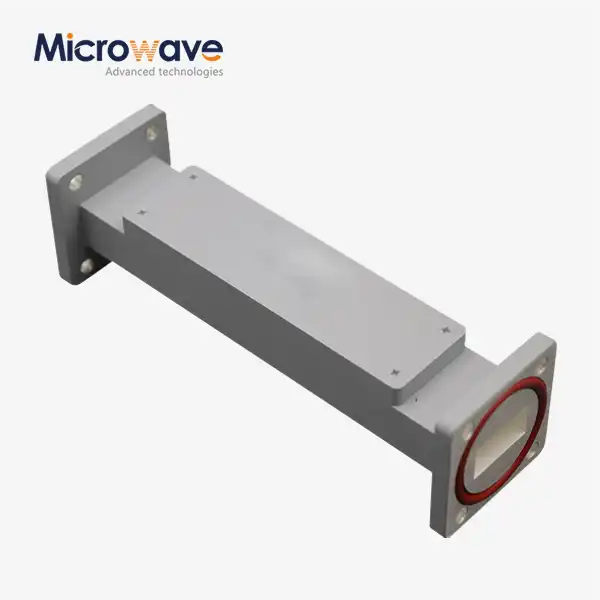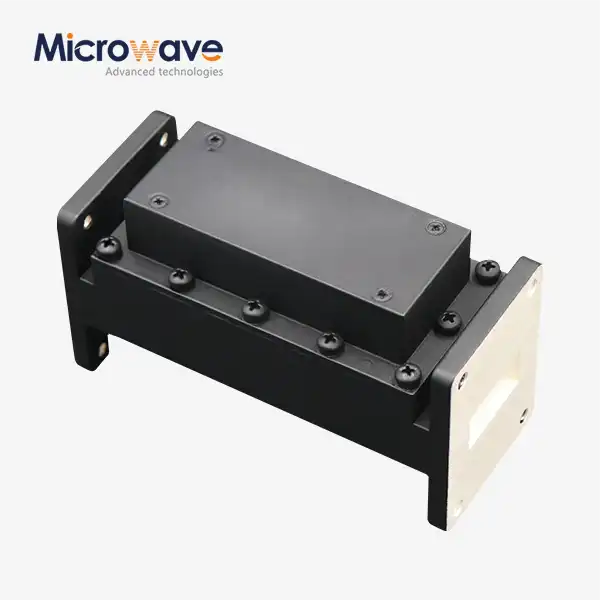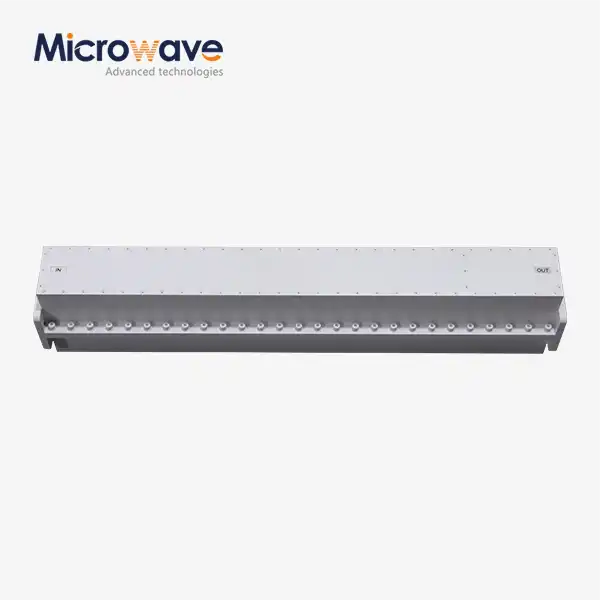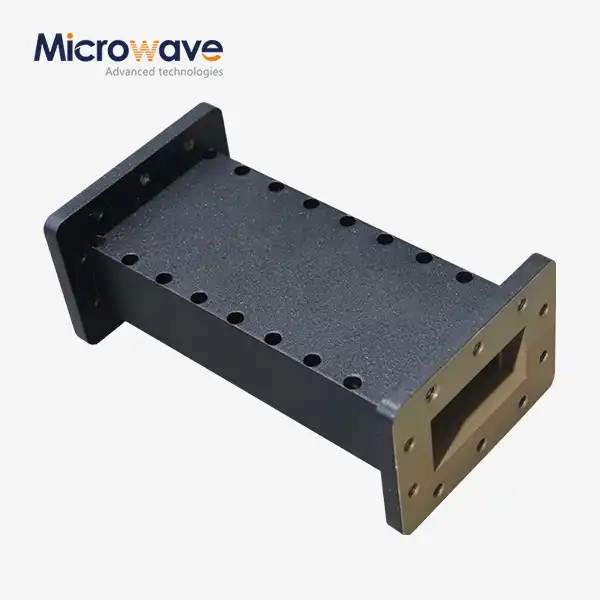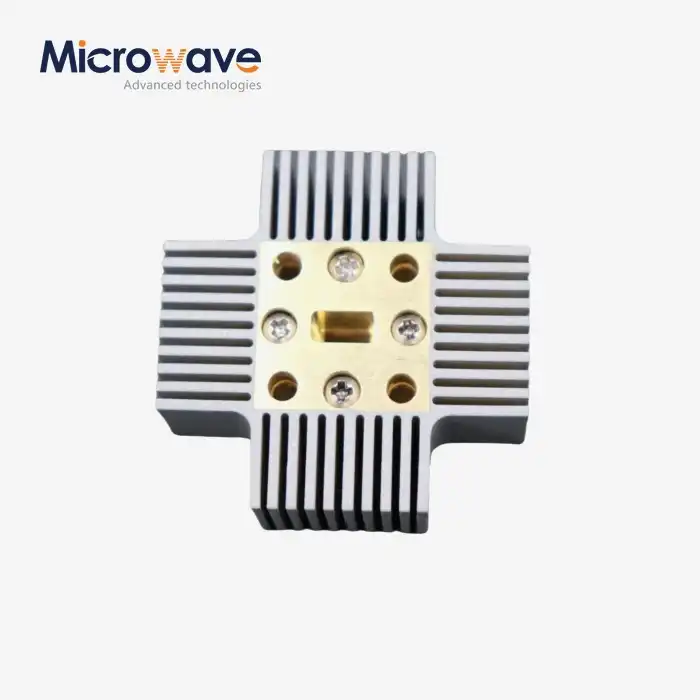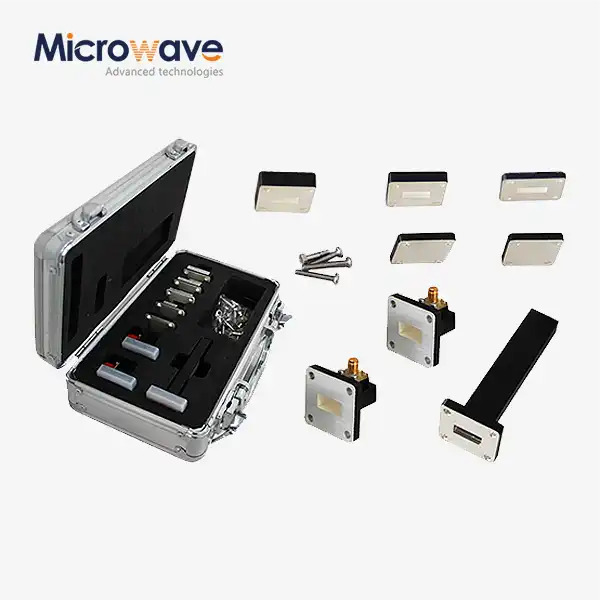What are the design key points of a waveguide band-pass filter?
Understanding the critical design elements of waveguide band-pass filters is essential for achieving optimal performance in microwave and RF applications. These sophisticated components play a vital role in modern communication systems by selecting specific frequency bands while rejecting unwanted signals. The design process involves careful consideration of multiple factors, including impedance matching, cavity resonators, coupling methods, and manufacturing tolerances. This comprehensive guide explores the fundamental principles and key considerations in waveguide Bandpass Filter design, offering insights into creating high-performance filtering solutions for demanding applications.
Fundamental Design Principles and Considerations
Resonator Configuration and Cavity Design
The foundation of an effective waveguide Bandpass Filter lies in its resonator configuration and cavity design. Advanced Microwave offers filters with unmatched precision in filtering signals in a variety of frequency bands including C, X, Ku, and Ka. The design process begins with determining the optimal cavity dimensions, which directly influence the filter's center frequency and bandwidth characteristics. Engineers must carefully calculate the cavity length, width, and height to achieve the desired resonant frequencies while considering the propagation modes within the waveguide structure. The material selection, typically high-grade aluminum or copper, ensures both mechanical stability and excellent electrical performance. Critical attention must be paid to surface finish and plating requirements, as these factors significantly impact insertion loss and power handling capabilities.
Coupling Mechanism Implementation
Coupling mechanisms represent a crucial aspect of waveguide Bandpass Filter design, determining how effectively electromagnetic energy transfers between adjacent resonators. The coupling coefficient must be precisely controlled to achieve the desired filter response. Modern design approaches utilize various coupling structures, including iris coupling, post coupling, and aperture coupling. Each method offers distinct advantages and challenges, requiring careful optimization to maintain the filter's electrical performance while ensuring manufacturability. Advanced simulation tools enable designers to fine-tune coupling dimensions and positions, accounting for parasitic effects and manufacturing tolerances that could affect the filter's performance across its operating bandwidth.
Manufacturing Tolerances and Tuning Elements
Successful implementation of a waveguide Bandpass Filter design requires careful consideration of manufacturing tolerances and tuning capabilities. The manufacturing process must maintain tight dimensional control to ensure the filter meets its specified performance parameters. Advanced Microwave's manufacturing expertise ensures durability and high performance in their filter products. Tuning elements, such as adjustable screws or posts, are strategically incorporated into the design to allow for post-production optimization. These elements provide the flexibility to compensate for minor manufacturing variations and achieve precise frequency response characteristics. The placement and design of tuning elements must balance the need for adjustability with the requirement for stable, reliable operation in the intended application environment.
Advanced Design Optimization Techniques
Computer-Aided Design and Simulation
Modern waveguide Bandpass Filter design heavily relies on sophisticated computer-aided design (CAD) tools and electromagnetic simulation software. Advanced Microwave leverages cutting-edge simulation capabilities to optimize filter performance before physical prototyping. The simulation process encompasses full-wave electromagnetic analysis, considering higher-order modes, surface currents, and thermal effects. This comprehensive approach enables designers to predict filter response accurately, identify potential issues, and optimize design parameters efficiently. The simulation results guide decisions about filter topology, coupling structures, and mechanical design features, ensuring the final product meets or exceeds performance requirements while maintaining manufacturability.
Temperature Compensation Methods
Environmental stability is crucial for waveguide Bandpass Filter performance, particularly in satellite communications and radar applications. Advanced temperature compensation techniques must be incorporated into the design to maintain stable operation across varying environmental conditions. This involves careful material selection, thermal analysis, and mechanical design considerations. Advanced Microwave's filters are designed to meet the stringent requirements of modern communication systems, incorporating innovative solutions for thermal management and stability. The compensation methods may include specialized materials with controlled thermal expansion coefficients, strategic placement of compensation elements, and robust mechanical design features that minimize thermal deformation effects.
Power Handling Optimization
High power handling capability is often a critical requirement for waveguide Bandpass Filters in modern communication and radar systems. The design must account for peak power levels, average power dissipation, and multipaction effects in vacuum environments. Advanced Microwave's expertise in high-grade aluminum and copper manufacturing ensures excellent power handling characteristics. Critical design aspects include proper dimensioning of resonator cavities, optimization of surface current distributions, and implementation of effective cooling mechanisms. The design process must balance electrical performance requirements with thermal management considerations to achieve reliable operation at specified power levels.
Performance Verification and Testing
Network Analysis and S-Parameter Measurements
Comprehensive testing and verification procedures are essential for ensuring waveguide Bandpass Filter performance meets design specifications. Advanced Microwave's state-of-the-art laboratories, equipped with measurement capabilities up to 110 GHz, enable precise characterization of filter responses. Network analyzer measurements provide detailed information about insertion loss, return loss, and group delay characteristics. The testing process must account for calibration accuracy, measurement uncertainty, and environmental conditions. Results are carefully analyzed to verify compliance with specifications and identify any necessary adjustments or optimizations.
Power Handling Verification
Power handling capabilities must be rigorously verified through both low-power and high-power testing procedures. This includes measuring insertion loss under various power conditions, thermal imaging analysis, and long-term stability testing. Advanced Microwave's filters undergo comprehensive power testing to ensure reliable performance in demanding applications. The verification process includes monitoring of temperature distributions, validation of cooling effectiveness, and assessment of multipaction thresholds where applicable. Test results are documented and analyzed to confirm compliance with system requirements and industry standards.
Environmental Testing and Qualification
Environmental testing ensures waveguide Bandpass Filter performance remains stable under various operating conditions. Advanced Microwave's filters undergo rigorous environmental testing to meet ISO:9001:2008 and RoHS compliance requirements. Test procedures include temperature cycling, humidity exposure, vibration testing, and shock testing as applicable to the intended application. Results are carefully analyzed to verify maintenance of electrical performance specifications and mechanical integrity under environmental stress conditions. This comprehensive testing approach ensures reliable filter operation in demanding real-world applications.
Conclusion
The design of waveguide band-pass filters requires a sophisticated understanding of electromagnetic principles, manufacturing processes, and system requirements. Through careful attention to resonator design, coupling optimization, and environmental considerations, high-performance filtering solutions can be achieved for demanding applications in modern communication systems. Looking to enhance your microwave system performance with premium waveguide band-pass filters? Advanced Microwave Technologies (ADM) brings over two decades of expertise in designing and manufacturing superior microwave components. Our professional R&D team, backed by state-of-the-art facilities and a perfect supply chain system, ensures fast delivery and competitive pricing while maintaining strict quality control. Experience our strong after-sales support and comprehensive solutions for satellite communications, defense, aerospace, and navigation applications. Contact us at sales@admicrowave.com to discuss your specific requirements.
References
1. Cameron, R.J., Mansour, R., and Kudsia, C.M. (2018) "Microwave Filters for Communication Systems: Fundamentals, Design and Applications", 2nd Edition, Wiley.
2. Hong, J.S. and Lancaster, M.J. (2021) "Microstrip Filters for RF/Microwave Applications", 3rd Edition, Wiley.
3. Matthaei, G.L., Young, L., and Jones, E.M.T. (2019) "Microwave Filters, Impedance-Matching Networks, and Coupling Structures", Artech House.
4. Pozar, D.M. (2022) "Microwave Engineering", 5th Edition, Wiley.
5. Uher, J., Bornemann, J., and Rosenberg, U. (2020) "Waveguide Components for Antenna Feed Systems: Theory and CAD", Artech House.
6. Levy, R. and Cohn, S.B. (2019) "A History of Microwave Filter Development Networks", IEEE Microwave Magazine, Vol. 20, No. 7.




